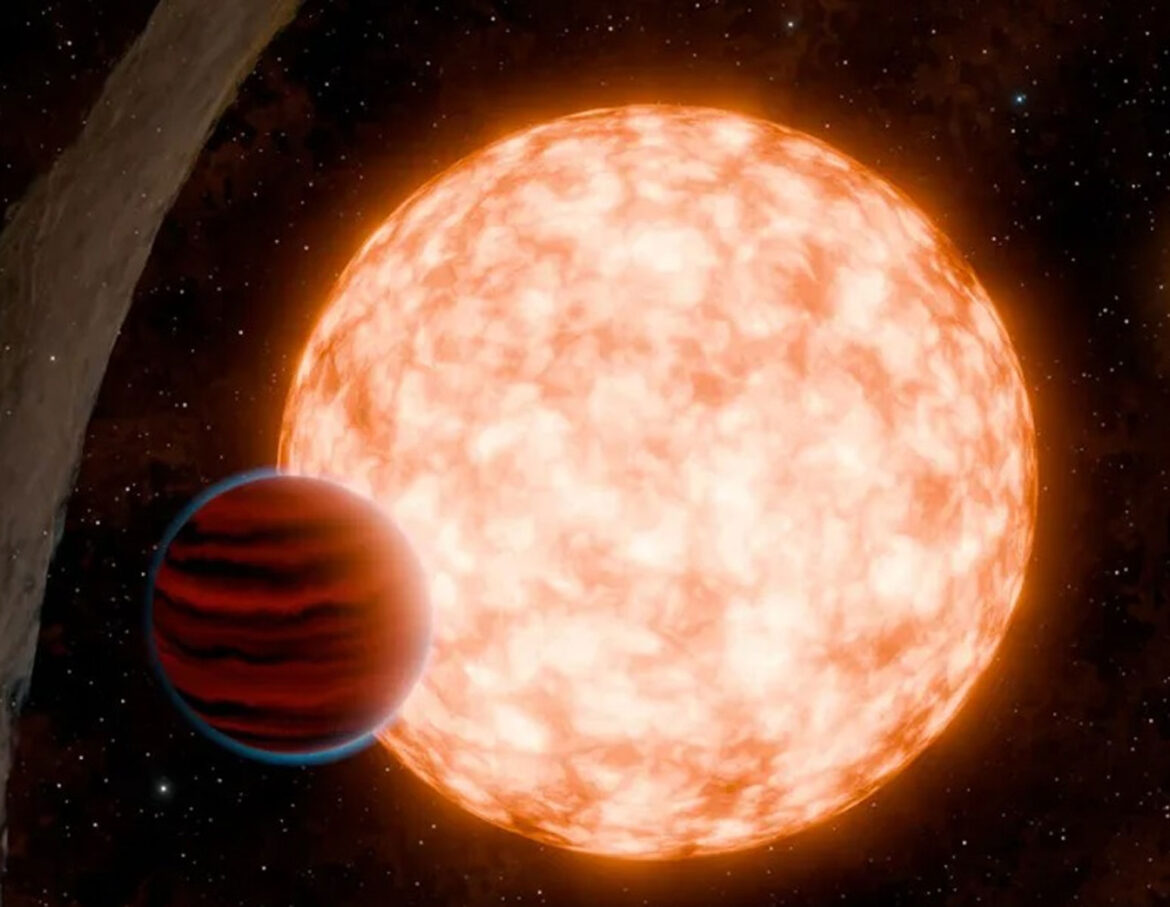In a groundbreaking discovery, astronomers have identified a newborn exoplanet that formed in just 3 million years—an astonishingly short period in cosmic terms. The finding challenges established theories about the timeline of planetary formation and offers new insights into the rapid evolution of planetary systems.
The young planet, estimated to be 10-20 times the mass of Earth, is one of the youngest exoplanets ever detected. It orbits a host star located 520 light-years away in the Milky Way, still encased in a protoplanetary disk of gas and dust. This swirling material served as the building blocks for the planet’s formation. By comparison, Earth’s formation is thought to have taken 10-20 million years, making this exoplanet’s development unusually swift.
The host star, smaller and cooler than our Sun, has about 70% of the Sun’s mass and emits half its luminosity. It is expected to evolve into an orange dwarf, a common type of star in the galaxy.
“This discovery confirms that planets can achieve cohesive formation within 3 million years, which was previously uncertain,” said Madyson Barber, lead author of the study published in Nature and a graduate student at the University of North Carolina at Chapel Hill.
The findings are pivotal in advancing our understanding of how planetary systems evolve, particularly around young stars. Astronomers have long debated the speed at which planets emerge from the dense clouds of gas and dust surrounding stars. This discovery provides crucial evidence that the process can occur much faster than previously believed.
The exoplanet adds to the growing catalog of planets discovered beyond our solar system. By studying its characteristics and rapid formation, researchers aim to refine existing models of planetary evolution, shedding light on the diversity of planetary systems across the universe.
This discovery underscores the remarkable variability of planetary formation processes and deepens our appreciation for the complexities of the cosmos.



